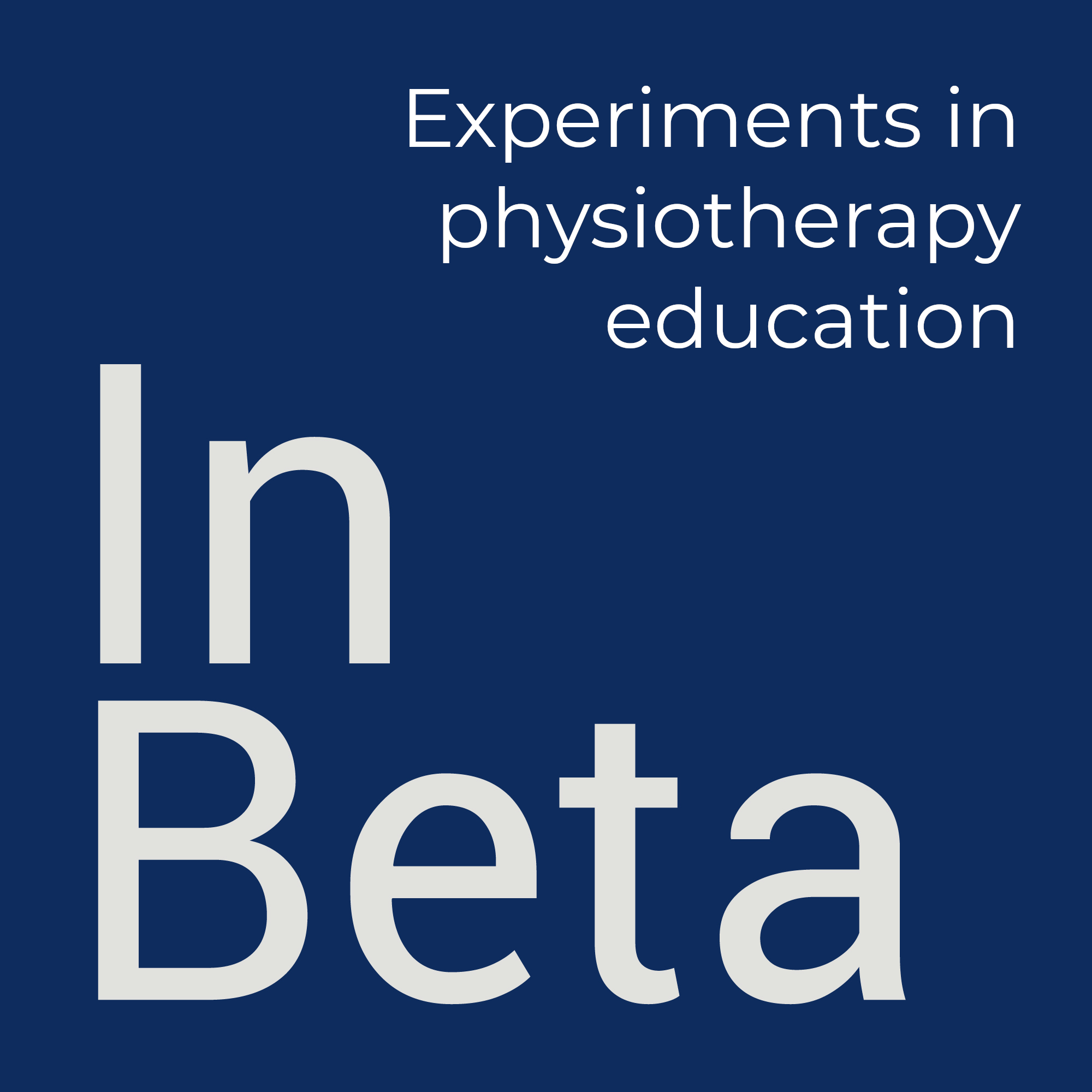A blended approach to learning and teaching integrates different learning environments in complementary ways, such that the strengths of each compensates for the weaknesses of the other.
Introduction
Given that I did my PhD on blended learning in health professions education, and that I continue thinking about it often, I’m surprised I haven’t included a newsletter on the topic. So this edition aims to set that straight.
One of the issues I have with the term (i.e. blended learning) is that it’s almost become synonymous with ‘online learning’. While there are parts of the approach that take place online, blended learning is more than the addition of an online component to a face-to-face lesson. For example, I get the impression that some lecturers think that adding an activity that needs to be completed online, means that their lessons are now blended.
What is typically left out, is the idea that the outcome of the online task must feedback back into the face-to-face session, and that the face-to-face session, must feed into the online task. The blend comes from using one format to fill in the gaps created by the other. Face-to-face teaching has some limitations and constraints, which can be addressed by moving some of the session online. And the online space has limitations and constraints, which can be addressed when you move the session back into the classroom. This transition between online and face-to-face to support student learning, is the blend in blended learning.
I’ll get off my soap box now and leave you to explore the rest of the newsletter.
Podcast
Newall, E. (n.d.). Demonstrating digital transformation—Beyond blended—Post-pandemic curriculum and learning design (40). Beyond the Technology: The education 4.0 podcast.
In this podcast episode, Elizabeth Newall welcomes Helen Beetham and Sheila MacNeill, who discuss rethinking learning and curriculum design in higher education… . The conversation explores the evolution of curriculum design pre and post pandemic, emphasising a shift towards a more holistic approach. They introduce the concept of “beyond blended,” which focuses on blending of different modes of learning, particularly synchronous and asynchronous, and the impact of technology on time and place within the curriculum… . Helen and Sheila share their work on the six pillars of blended learning. They emphasise the importance of understanding the pedagogic differences between in-place and online learning, the role of pace in learning, and the need to balance flexibility with the specific needs of students. They also introduce the idea of using “lenses” to examine the curriculum from different angles, both at the curriculum and strategic levels.
I enjoyed this conversation, especially the coverage of the 6 pillars of blended learning, which isn’t something I was familiar with.
Article
Garrison, D. R., & Kanuka, H. (2004). Blended learning: Uncovering its transformative potential in higher education. The Internet and Higher Education, 7(2), 95–105.
The purpose of this paper is to provide a discussion of the transformative potential of blended learning in the context of the challenges facing higher education. Based upon a description of blended learning, its potential to support deep and meaningful learning is discussed. From here, a shift to the need to rethink and restructure the learning experience occurs and its transformative potential is analyzed. Finally, administrative and leadership issues are addressed and the outline of an action plan to implement blended learning approaches is presented. The conclusion is that blended learning is consistent with the values of traditional higher education institutions and has the proven potential to enhance both the effectiveness and efficiency of meaningful learning experiences.
There are parts of this paper that appear quaint, given that it was published in 2004, when it was far from clear that this ‘internet’ thing was going to have a significant impact on higher and professional education. However, even though this paper is almost 20 years old, it’s impressive how many of the main points still hold up. If you’re interested in blended learning (and as the report below makes clear, “all learning is now potentially blended”), this is a great paper to explore.
Resource
MacNeill, S., & Beetham, H. (2023). Beyond blended—Post-pandemic curriculum and learning design: Lessons from the higher education sector. Jisc.
The overarching purpose of this research is to support people involved in curriculum and learning design in HE institutions including, service and department leaders, senior managers, learning designers and curriculum teams.
The key findings of the report are:
- All learning is now potentially blended.
- Digital technologies are now thoroughly embedded into learning and teaching as a matter of deliberate investment and policy from HE providers.
- New pressures such as the climate and economic crises and the surge of interest in generative AI are adding to an already complicated picture for curriculum design.
- Unless there is effective support for new approaches, and realistic workload modelling (both for teaching staff and for students), the risk is that online and blended learning will remain associated with the negative experiences of the pandemic and useful learning will not be consolidated.
- Contact hours, workload models, timetabling, allocation of spaces and facilities all constrain curriculum design.
- Support to develop relevant activities for different modes of participation is required to ensure student engagement and to support inclusion and diversity.
The 40-page report is a long read, packing in a lot of information, but it’s worth spending the time on it, especially if you’re looking at the use of digital technology to support learning, teaching, and assessment.
